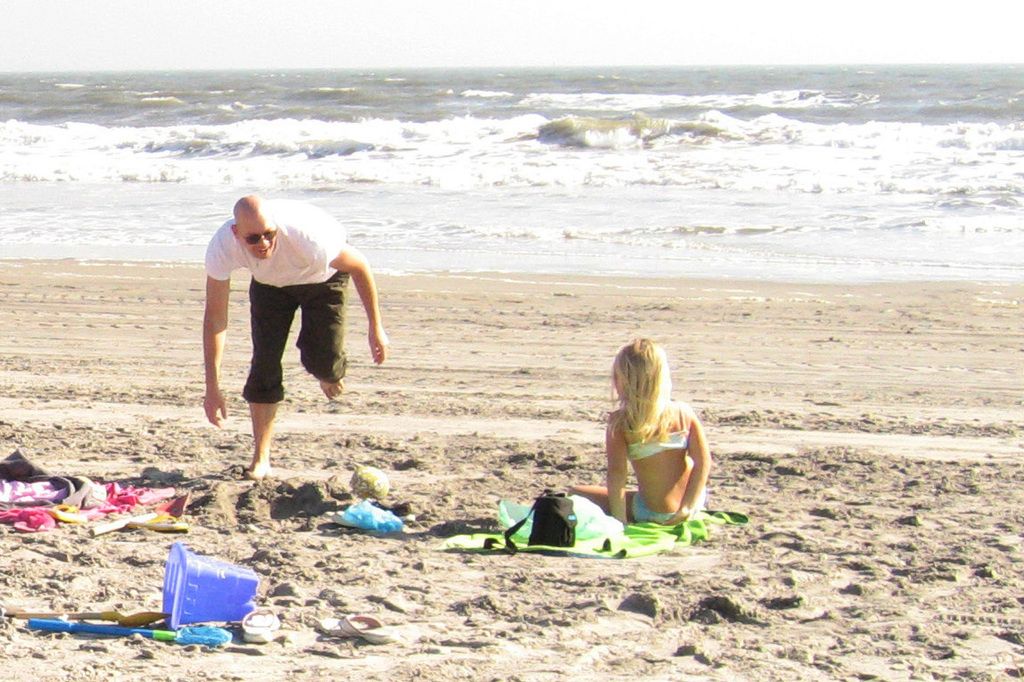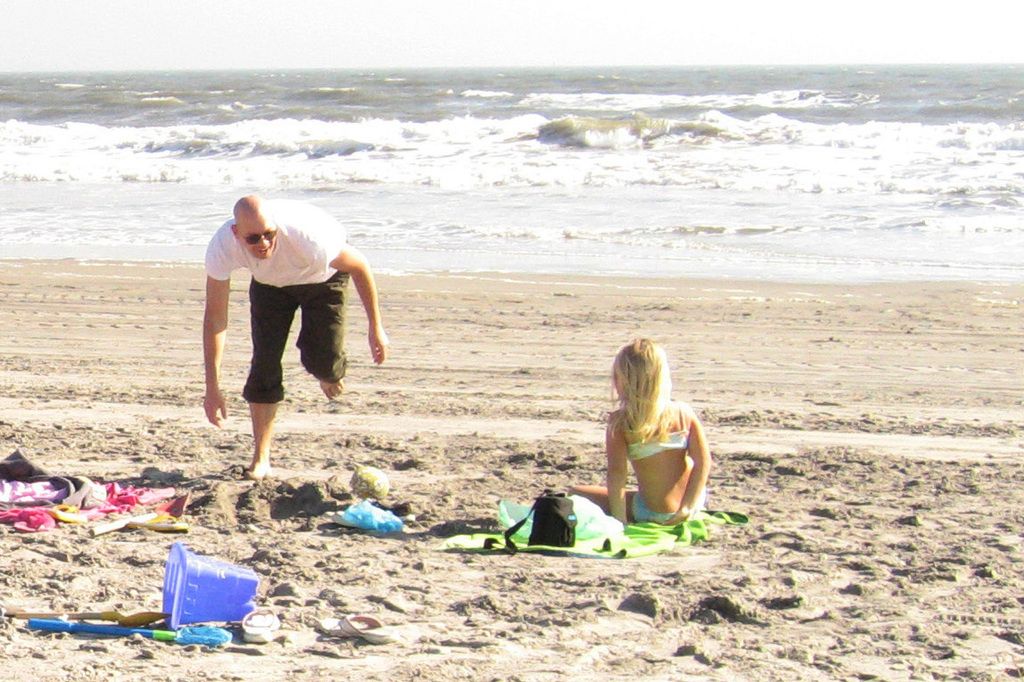Waning Acceptance: EU Commission Unveils Plan for Ukrainian Refugee Management
EU Commission proposes strategy for accommodating refugees from Ukraine
Tune in this Wednesday as the EU Commission discloses its strategy for managing the ongoing influx of Ukrainian refugees. The commissioner in charge, Magnus Brunner, and Ukrainian Vice-President, Oleksiy Chernyshov, will share their insights in Brussels, according to a commission spokesperson. The details behind the proposals remain undisclosed for now.
The existing arrangement for Ukrainian refugees is governed by the EU's Temporary Protection Directive, not the standard asylum system. This arrangement will persist until next March. As of February, close to 1.2 million Ukrainians have sought refuge in Germany, making it the EU country with the third-highest number of refugees, trailing behind Poland and the Czech Republic.
However, after nearly four years of conflict, the willingness to accommodate Ukrainian refugees is waning in several EU countries. Social benefits for these refugees are being curtailed in many places, including Germany.
This shift in attitude can be attributed to various factors:
- Changing Public Attitudes: Public support for accommodating refugees is dwindling, with figures showing a steep drop in Poland, where support plummeted from 81% to 50% in spring 2025 [3].
- Financial Strain: The economic burden on national resources and economies is mounting. As a response, EU countries are gradually scaling back financial aid and assistance programs for refugees, as seen in Germany's plan to limit social benefits for Ukrainians arriving after April 1, 2025 [3].
- Reduced Need for New Arrivals: The number of Ukrainians under temporary protection in the EU is dwindling, which might suggest a diminished requirement for new arrivals or a change in refugee patterns [1].
The EU Commission has taken steps and may propose additional measures to navigate the refugee crisis:
- Temporary Protection Directive (TPD): The TPD ensures access to accommodation, welfare, and healthcare for refugees from Ukraine until March 4, 2026, with the option for renewal [4].
- Integration and Employment: Encouraging refugees to enter the workforce helps reduce reliance on government aid and aids in integration within host societies.
- Spreading Refugee Population: Promoting settlement in less densely-populated regions across the EU can alleviate pressure on specific countries and create a more equitable distribution.
- Cooperation and Coordination: Enhanced collaboration among EU member states can streamline support and resources, potentially through the European Union Agency for Asylum (EUAA), helping to foster a unified approach to refugee management and care.
While specific new proposals from the EU Commission in response to the decreased acceptance of Ukrainian refugees aren't outlined in the available information, ongoing discussions and policy adjustments are undoubtedly underway to tackle these challenges. Stay tuned for further updates on this developing situation.
Sources: ntv.de, dpa, 3. Bankier, 4. European Commission
Enrichment Data:- Public Opinion Shift: A significant shift in public opinion worldwide results in less support for accommodating refugees, as demonstrated in Poland's case, where support dropped from 81% to 50% in spring 2025 [3].- Economic Pressures: The strain on national resources and economies becomes increasingly apparent, prompting countries to gradually scale back financial aid and support measures for refugees, as shown in Germany's decision to limit social benefits for Ukrainians arriving after April 1, 2025 [3].- Decrease in New Arrivals: The number of Ukrainians under temporary protection in the EU is decreasing, which might reflect a reduced need for new arrivals or a shift in refugee flows [1].- Proposed Solutions by the EU Commission: The EU Commission has implemented certain measures and may consider additional ones to manage the refugee crisis, such as the Temporary Protection Directive, integration and employment initiatives, promoting balanced distribution of refugees, and enhancing cooperation among member states [4].To date, specific new proposals from the EU Commission in response to the decreased acceptance of Ukrainian refugees are not detailed in the available information. However, ongoing discussions and policy adaptations are likely underway to address these challenges [3].
- The decline in public support for accommodating refugees, as shown by the drop in Poland from 81% to 50% in spring 2025, is a significant shift in public opinion worldwide, underscoring the need for reevaluation of community policies.
- Economically strained EU countries, such as Germany, are gradual scaling back financial aid and assistance programs for refugees, like limiting social benefits, due to the mounting economic burden on national resources and economies, which falls under the purview of employment policies.








